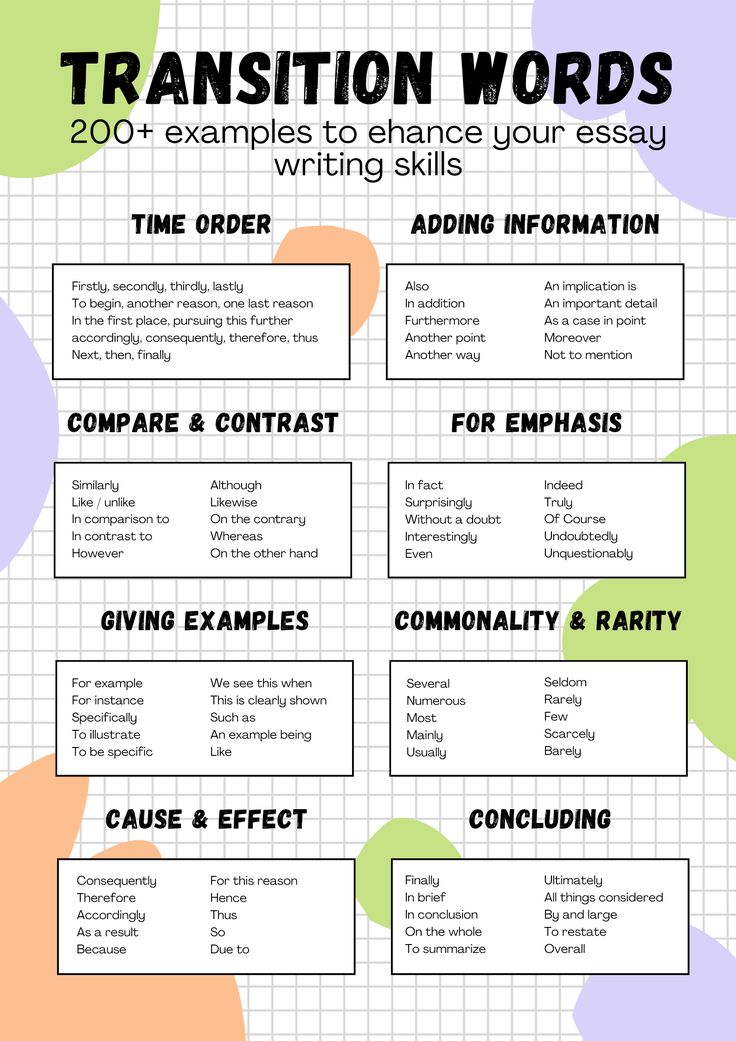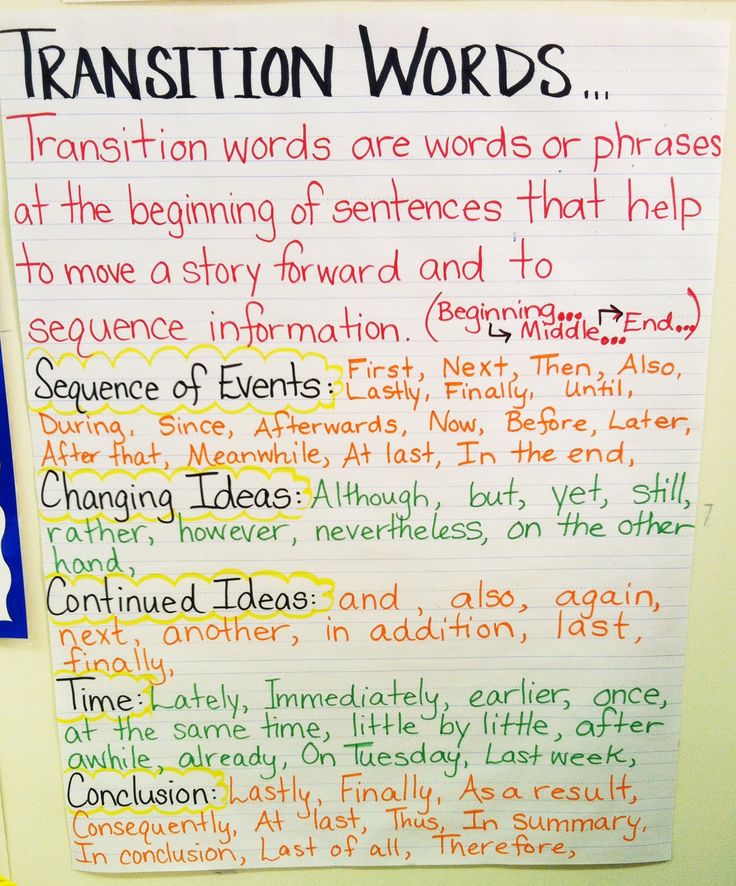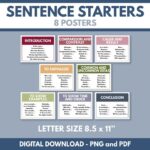Writing a good essay is like building a bridge—it needs strong connections to hold everything together. Transition words are those connections. They help your ideas flow smoothly from one sentence or paragraph to the next. For students, a transition words for essays worksheet is a great tool to practice and improve writing skills. This article explains what transition words are, why they’re important, and how a worksheet can help you write better essays. It’s written in simple language for intermediate readers, ensuring clarity and ease of understanding.
What Are Transition Words?
Transition words are words or phrases that connect ideas in your writing. They act like signposts, guiding readers through your essay without confusion. For example, words like “however,” “therefore,” “in addition,” and “finally” help show relationships between thoughts. Using them makes your essay easier to read and more organized.
Why Are Transition Words Important?
Transition words make your essay clear and engaging. Here’s why they matter:
- Improve Flow: They link sentences and paragraphs, making your writing smooth.
- Show Relationships: They show how ideas connect, like cause and effect or comparison.
- Keep Readers Engaged: Clear transitions prevent confusion, keeping readers interested.
- Boost Grades: Well-organized essays with good transitions often score higher.
A transition words for essays worksheet helps you practice these skills, so your writing becomes polished and professional.
Types of Transition Words
There are different types of transition words, each serving a unique purpose. Here are the main categories with simple examples:
- Addition: Show you’re adding more information.
- Examples: and, also, in addition, furthermore
- Example sentence: I love reading. In addition, I enjoy writing essays.
- Contrast: Show differences or opposing ideas.
- Examples: but, however, on the other hand, nevertheless
- Example sentence: I wanted to join the trip, but I had to finish my homework.
- Cause and Effect: Explain why something happened or its result.
- Examples: because, therefore, as a result, since
- Example sentence: I studied hard, so I passed the exam.
- Sequence: Show the order of events or ideas.
- Examples: first, next, finally, then
- Example sentence: First, gather your ideas. Then, start writing.
- Conclusion: Sum up your thoughts.
- Examples: in conclusion, to sum up, finally, overall
- Example sentence: In conclusion, transition words make essays better.
A worksheet can provide lists of these words and exercises to practice using them correctly.
Benefits of Using a Transition Words Worksheet
A transition words for essays worksheet is a practical tool for students. Here’s how it helps:
- Practice Makes Perfect: Worksheets offer exercises to use transition words in sentences.
- Builds Confidence: Regular practice helps you choose the right words easily.
- Improves Structure: Worksheets teach you how to organize essays logically.
- Saves Time: With practice, you’ll write faster and more effectively.
Worksheets often include fill-in-the-blank exercises, matching activities, or essay prompts to help you master transitions.
How to Use a Transition Words Worksheet
Using a worksheet is simple and fun. Here’s a step-by-step guide:
- Learn the Words: Study the list of transition words provided in the worksheet.
- Practice Sentences: Complete exercises by adding transition words to sentences.
- Write Paragraphs: Use transition words to connect ideas in short paragraphs.
- Review Your Work: Check if the transitions make your writing clear and smooth.
- Apply to Essays: Use what you’ve learned in your next essay assignment.
Many worksheets are available online for free. Search for “transition words for essays worksheet PDF” to find printable versions.

Tips for Writing with Transition Words
Here are some easy tips to use transition words effectively:
- Don’t Overuse: Use transition words only when needed to avoid cluttering your essay.
- Choose the Right Word: Pick words that match the relationship between ideas (e.g., use “however” for contrast, not addition).
- Vary Your Choices: Avoid repeating the same transition word too often.
- Practice Regularly: Use worksheets to build your skills over time.
- Read Examples: Look at sample essays to see how professionals use transitions.
Where to Find Transition Words Worksheets
You can find worksheets online on educational websites, such as:
- Teachers Pay Teachers
- Education.com
- Pinterest (search for “transition words worksheet”)
- School or library resources
Many of these are free or low-cost and designed for intermediate students. Look for worksheets that include clear instructions and answer keys for self-checking.
Conclusion
Transition words are key to writing clear, organized, and engaging essays. A transition words for essays worksheet is a valuable tool for students to practice and improve their writing. By learning different types of transition words and using worksheets, you can make your essays flow better and impress your teachers. Start practicing today, and watch your writing skills grow!
Frequently Asked Questions (FAQs)
What are transition words in an essay?
Transition words are words or phrases that connect ideas, sentences, or paragraphs in an essay. They help improve the flow and clarity of your writing, such as “however,” “therefore,” and “in addition.”
Why should I use a transition words worksheet?
A worksheet helps you practice using transition words correctly. It improves your writing skills, makes essays easier to read, and helps you organize ideas better.
Where can I find free transition words worksheets?
You can find free worksheets on websites like Education.com, Teachers Pay Teachers, or by searching “transition words for essays worksheet PDF” on Google.
How do transition words improve my essay?
Transition words make your essay easier to follow by connecting ideas logically. They show relationships like cause and effect, contrast, or sequence, making your writing clear and professional.
Can I use the same transition word multiple times?
It’s best to avoid repeating the same transition word too often. Use a variety of words to keep your writing interesting and engaging.



